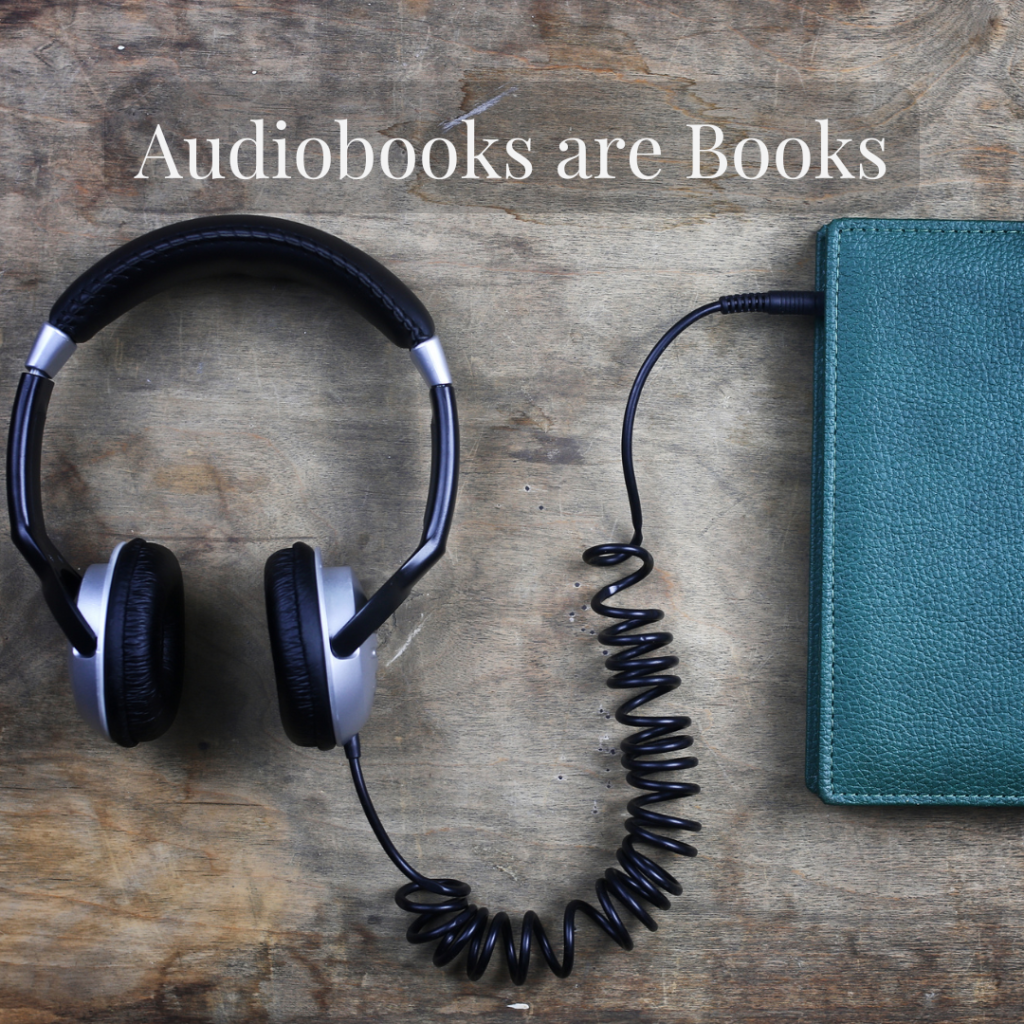
The ongoing debate about whether audiobooks can be considered “real” reading frequently resurfaces in the literary world and online communities, igniting passionate discussions among avid readers. It’s high time we put this debate to rest. Audiobooks are, without a doubt, a legitimate and valuable form of reading, offering a unique and enriching experience that complements traditional reading practices.
Understanding the Reading Process
Reading, at its essence, is a multifaceted process that extends far beyond the mere recognition of words on a page or screen. It is a dynamic interplay between the reader’s mind and the author’s message, a journey of comprehension, interpretation, and engagement. Whether we immerse ourselves in the printed pages of a novel, absorb information from a digital article, or listen to an audiobook, the fundamental act of reading involves decoding symbols to extract meaning and connect with the ideas and emotions embedded within the text.
Comprehension lies at the heart of reading. It is the ability to understand not only the literal meaning of words and sentences, but also the deeper nuances, implications, and connections that weave together to form a coherent narrative or argument. A skilled reader can navigate complex sentence structures, decipher figurative language, and infer meaning from context. Comprehension is a dynamic process that requires active participation from the reader, drawing upon their prior knowledge, experiences, and critical thinking skills.

Engagement is another crucial aspect of reading. It is the emotional and intellectual connection that a reader establishes with the text. A captivating story, a thought-provoking essay, or a well-crafted poem can transport us to different worlds, evoke a range of emotions, and challenge our perspectives. Engagement is what makes reading a pleasurable and enriching experience, fostering a sense of curiosity, empathy, and intellectual growth.
The medium through which we engage with written text can vary, each with its own unique advantages. Reading a physical book offers a tangible and sensory experience, allowing us to feel the weight of the pages, the texture of the paper, and the smell of the ink. Digital reading, on the other hand, provides convenience, accessibility, and the ability to interact with the text through hyperlinks, annotations, and multimedia elements. Audiobooks offer a hands-free and immersive experience, allowing us to listen to stories while commuting, exercising, or relaxing.
Regardless of the medium, the core process of reading remains the same: a dynamic interplay between the reader’s mind and the author’s message. It is a journey of comprehension, interpretation, and engagement, a journey that can transport us to new worlds, expand our understanding, and enrich our lives.
Benefits of Audiobooks
- Accessibility: Audiobooks provide access to literature for individuals with visual impairments, learning disabilities, or other conditions that may make traditional reading challenging.
- Multitasking: Audiobooks allow for multitasking, enabling people to “read” while commuting, exercising, or performing household chores. This makes them a convenient option for busy individuals.
- Enhanced Comprehension: For some, listening to a skilled narrator can improve comprehension and retention. Narrators can use tone, pacing, and emphasis to convey nuances in the text that may be missed in silent reading.
- Immersive Experience: A well-narrated audiobook can create a more immersive experience, bringing characters and stories to life in a way that can be difficult to achieve with silent reading.
Addressing the Critics
Critics of audiobooks frequently contend that listening to a narrative is a passive experience in contrast to the active engagement necessary for traditional reading. This perspective, however, neglects the substantial mental exertion involved in actively listening to an audiobook.
While listening to an audiobook, one must diligently track the intricacies of a complex plot, keeping track of various characters, their motivations, and the interconnectedness of events. This necessitates active cognitive processing and sustained attention. The listener is called upon to construct mental imagery based on the auditory input, visualizing the settings, characters, and action described. This act of mental visualization is far from passive; it requires imagination, creativity, and an ability to translate words into vivid mental pictures.
Additionally, engaging with characters on an emotional level while listening to an audiobook demands a degree of empathy and emotional intelligence. The listener must be able to understand and relate to the characters’ experiences, emotions, and perspectives. This causes an active emotional engagement with the narrative.
While the act of listening to an audiobook may not involve the physical act of turning pages or scanning lines of text, it causes a considerable degree of mental activity. The listener must actively engage with the narrative, using cognitive, imaginative, and emotional faculties to fully experience and comprehend the story. The assertion that listening to audiobooks is a passive activity is a misconception that cannot acknowledge the multifaceted mental processes involved in this form of literary engagement.
Conclusion
Audiobooks are not a replacement for traditional reading, but a complementary form that offers unique benefits and expands access to literature. Whether you prefer the feel of a physical book in your hands or the convenience of listening on the go, the most important thing is to engage with stories and ideas that enrich your life. So, let’s celebrate all forms of reading and embrace the diversity of ways in which we can connect with the written word.

